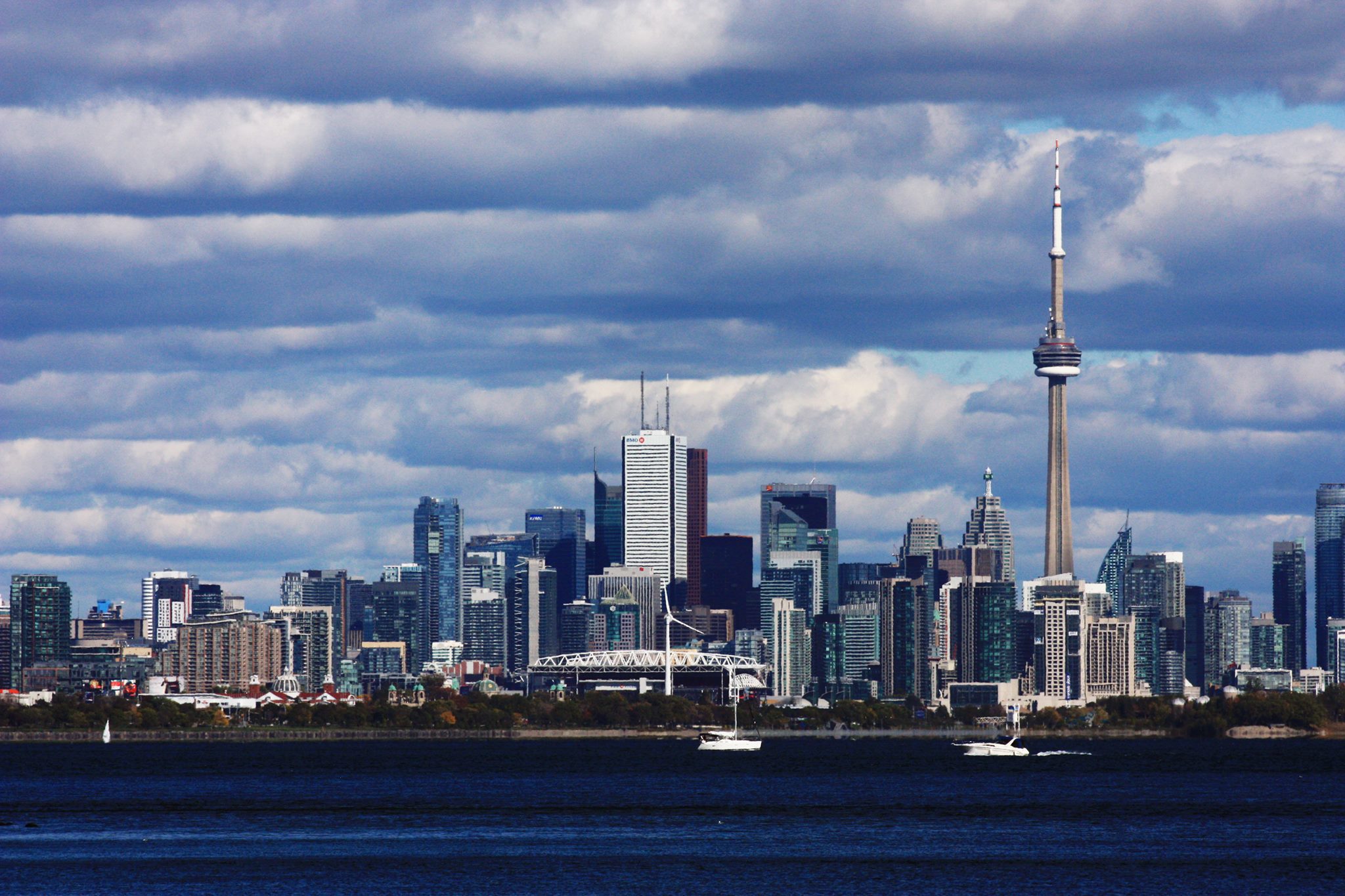Canadian office leasing market showed early signs of recovery in second quarter of 2021: Morguard

Canadian office leasing market showed early signs of recovery in second quarter of 2021: Morguard
- Office leasing activity showed signs of increased business confidence due to a more optimistic economic and public health outlook
- Multi-suite residential rental and industrial properties remained popular with investors
- Demand for retail properties with defensive attributes remained relatively stable and positive
The Canadian office leasing market displayed early signs of recovery in the second quarter of 2021, according to Morguard’s 2021 Canadian Economic Outlook and Market Fundamentals Second Quarter Update (“Morguard”) (TSX: MRC). Investors continued to target multi-suite residential rental and industrial property acquisitions given the rising economic optimism. The brisk roll out of the nation’s vaccine program and resulting uptick in domestic demand is expected to continue to increase investor confidence across the major commercial real estate segments in the second half of 2021.
“Prime office sector investment properties and necessities-based retail were popular with investors, and multi-suite residential rental and industrial remained attractive investment options,” said Keith Reading, Director, Research at Morguard. “Positive shifts in the market moving forward, are attributable mostly to a return to post-pandemic normalcy and continued economic recovery.”
Multi-Suite Residential Rental Real Estate
The multi-suite residential rental segment experienced strong interest from investors in the second quarter of 2021. The brisk roll out of the nation’s vaccine program and relaxing of pandemic restrictions will support the return of foreign students and international immigrants in the late summer and early fall. As a result, multi-suite residential rental demand will increase substantially. With two quarters of consistent, strong performance, demand for multi-suite residential rental assets will remain robust among investors looking at assets with strong and sustained performance.
Commercial Real Estate
In the office segment, investors were generally cautious in the second quarter despite economic optimism as they focused largely on stabilized assets with strong tenant profiles in prime locations. Early signs of recovery were observed in Canada’s office leasing market as activity levels picked up between the beginning of April and the end of June. Renewal discussions increased in several markets, particularly in Canada’s downtown business districts. Demand for sublease space increased for the first time in the past year, and a growing number of tenants removed sublease space from the market for their own needs. Office market fundamentals are expected to gradually improve over the balance of 2021 as workplaces reopen and workers return to in-person configurations.
The industrial segment continued its impressive run during the second quarter of 2021 as transaction closing activity remained high with strong interest from institutional, private, and public capital groups. A limited supply of functional warehouse, distribution and logistics assets across the country resulted in aggressive bidding. Leasing conditions remained tight in the second quarter, with the national availability rate dropping to an all-time low of 2.3 per cent, leading to rent increases and increased investment demand. Industrial investment activity is expected to remain robust into the second half of 2021 and into 2022.
Demand for retail properties with defensive attributes, especially those with grocery, drug store, financial services, and liquor store tenants, remained relatively stable and positive. Despite increasing optimism for a return to in-store shopping, properties with non-essential services did not receive as much investor attention. Investors will continue to invest with caution until a more significant number of consumers return to retail destinations as provincial restrictions loosen and stores fully reopen.
Economic Factors
Restrictions on businesses and consumers designed to combat the third wave of the pandemic reduced economic output in the second quarter, with Canada’s economy contracting in April – the first time in a year. Labour market conditions softened, largely due to the public health measures which limited economic activity and reduced business confidence. The nation’s employment level stood 3.0 per cent below the pre-pandemic level of February 2020. Job growth is expected to steadily improve, recouping the second quarter losses. However, it may take time to fill some positions, particularly in the high-touch industries that lost the largest share of workers during the pandemic.
The Bank of Canada maintained its accommodative monetary policy during the second quarter. The Bank announced it would hold its overnight target rate and Bank Rate at 0.25 per cent and 0.5 per cent, respectively. The strength of the nation’s economic recovery is expected to be a key consideration in the bank’s monetary policy normalization schedule moving forward following a prolonged period of support.
Canada’s Consumer Price Index rose 3.6 per cent year-over-year in May 2021, representing the largest annual increase in a decade. A marked increase in consumer prices was reported in most tracked spending categories tracked. More moderate price growth is forecast for the second half of the year.
SOURCE Morguard Corporation. Click here to read a full story









